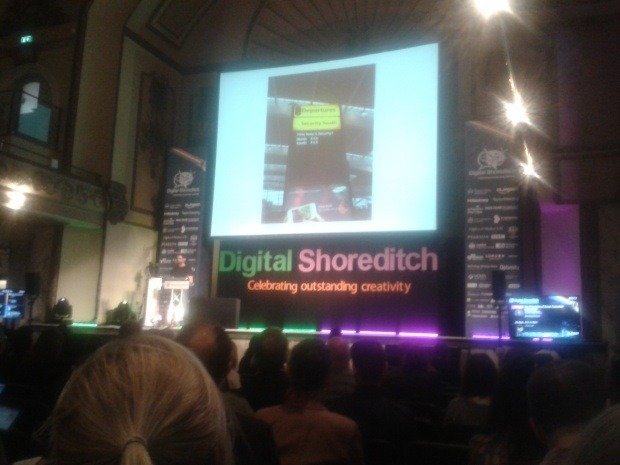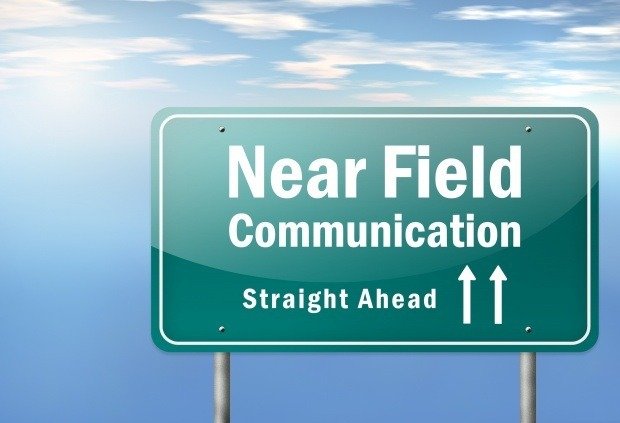
Digital Shoreditch aims to bring together the start-ups from the East London ‘Tech City’ enclave to inspire collaboration
The Digital Shoreditch festival gathered all the young – and not so young – movers, shakers and wannabes of the creative technology community. The week-long event at Shoreditch Town Hall boasted four conference rooms and a technology and art exhibition in the basement of the building. A parade of interesting and energetic presenters discussed the burning issues, such as the future of brands, behavioural design and what tomorrow’s world might be like, exploring mobile platforms, second-screen experiences and the disruptive technologies dominating our daily interactions.
Now in its third year, the festival is a showcase for Britain’s leading-edge technology business sector – which happens to be located in and around Shoreditch, an area that has come to be known as ‘Tech City’.
“The idea is to bring these clusters of creative and innovative companies and individuals together, so that they can network and find what collaboration opportunities there are,” explains Kam Star, chief executive of PlayGen, a serious games and simulations development studio and one of the main drivers of Digital Shoreditch. “The presentations and workshops should spark innovative ways to create new ways to develop and deliver products and services.”
For the festival, IC tomorrow, a Technology Strategy Board programme for innovation and economic growth in the digital sector, organised the ‘Digital Innovation Contest 2013’. Run in partnership with HarperCollins, Constable and Robinson, MediaCom, Ogilvy Labs, JCDecaux, FremantleMedia UK, Samsung and YouTube, the competition was launched to encourage emerging opportunities in publishing, advertising and TV.
Ogilvy Labs and JCDecaux sponsored the ‘Innovation in DOOH advertising for brands and advertisers’ challenge and the prize went to Nexus Interactive Arts. Nexus’s project presented an outdoor interaction using projection mapping, mobile and movement. MediaCom’s ‘Next generation location specific advertising’ challenge saw TorqBak’s Twitter Marketing Platform taking the crown. This is a real-time, intent-based tool designed for social engagement with brands. The winners in each of the seven categories will be awarded up to £25,000 in funding to develop their prototype solution and run a trial with the relevant contest partner.
Part of the technology exhibition, ‘Screens in the Wild’ is a research project that studies what impact do digital screens have in an urban environment. Ava Fatah gen Schieck, the project’s principal investigator, showed visitors the project’s touchscreen photo booth, interactive game and screens that display tweets and other information. The initiative is a collaboration between researchers from the Space Group at University College London and the Mixed Reality Lab at the University of Nottingham. It investigates how media screens located in urban space can be designed to benefit public life, rather than merely transmit commercial content.
Fatah gen Schieck, an architect and lecturer, explained that in a city public spaces and public life play a unique role in the formation of social life and networks. “Screens in the Wild is looking at how we engage with information, with each other and with screens in the hybrid cities we live in today. We need to understand the new behaviours that are emerging in these spaces which we could say are layered: you have the real, physical space and the virtual, digital space.”
Portuguese Alfonso Santos, founder of Tuizzi, a company that offers cloud-based OOH asset management, wants to democratise out-of-home publicity and allow smaller companies to advertise on the big billboards. “We offer a cloud service for advertisers, media owners and media agencies. We are just a year old but we have 90 percent of the Portuguese market,” he says. Santos claims his company is the only one offering this kind of service; I suggested he should check out Vukunet, Key Systems and Ayuda before claiming uniqueness.
Peter Clothier, sales director of Finnish start-up Kiosked, presented an interesting concept that can truly changed the way people shop and brands advertise. Kiosked allows advertisers to link their products to relevant images and multimedia within online content so that consumers can buy those items direct. Any Kiosked-enabled image will show details of the product and where it is stocked nearby, and brands can also reward customers using social media to share its products with their friends by giving them points and other perks.
Digital Shoreditch was an interesting event, worth visiting to find people with a ‘can do’ attitude and the knowledge and expertise to make it happen. The full festival pass cost £778, and it must have been worth it: the event was sold out.


